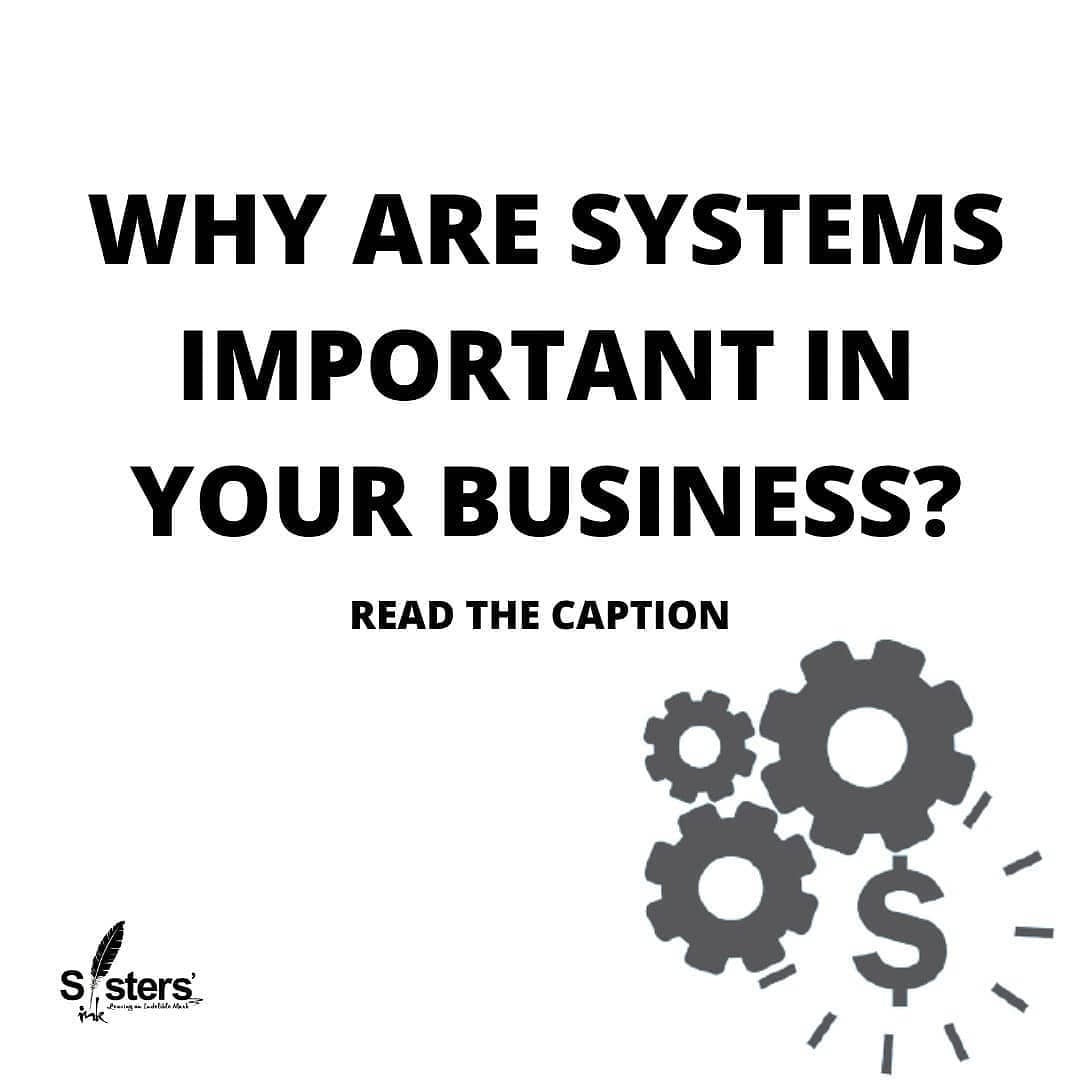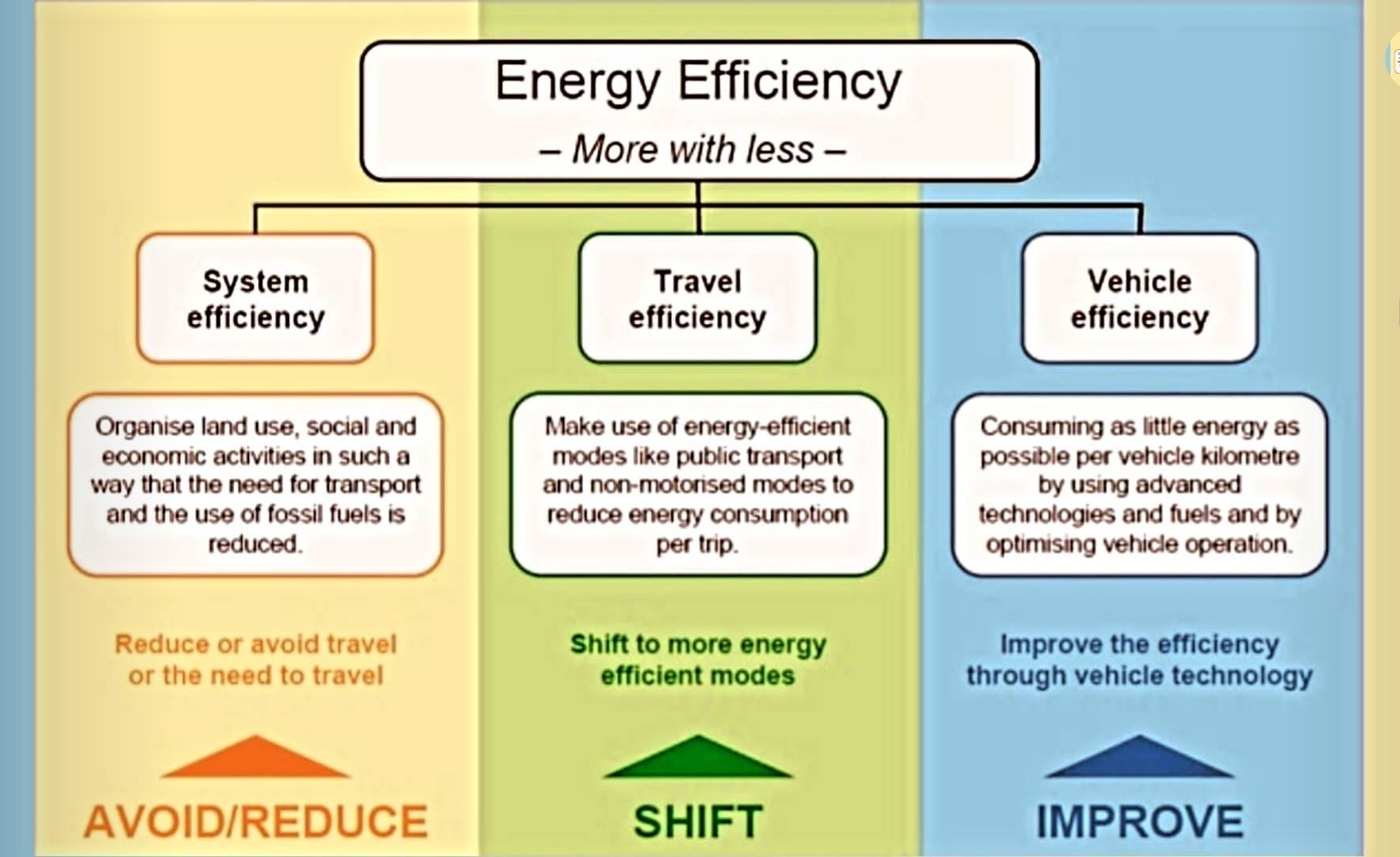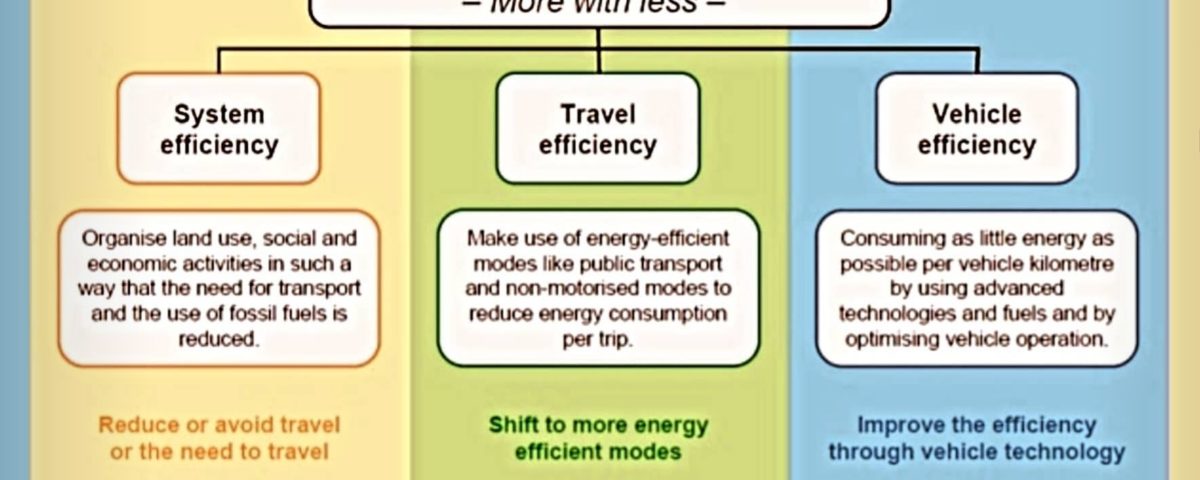INNOVATION is “the practical implementation of ideas resulting in introduction of new goods/services or improvement in offering goods/services; or a new or changed entity creating or redistributing value.”
” ‘The ability to decide what information to heed, ignore, & how to organize & communicate that which we judge to be important is becoming a core competency for those living in the developed world.’ ~Howard Gardner
Justice Oliver Wendell Holmes, Jr. spoke about the importance of getting to the ‘simplicity on the other side of complexity.’ Such simplicity accelerates speed & drives change.
How can leaders today get to that simplicity? This challenge is one of SYNTHESIS. Synthesis is not a summary. Synthesis takes A + B + C, and then derives D, where D encompasses the essence of A, B, & C but also adds something new that resonates deeply with people.
SEVEN STEPS you can learn to be able to synthesize effectively as a leader:
• Immersion – To synthesize, you must dive into all that messy complexity, listening and reading voraciously to understand deeply.
• Sorting – Then you’ll have to sort information, determining what is relevant, discarding non-credible data, and digging under symptoms to get to root causes.
• Patterns – You can then group the relevant information into patterns.
• Stepping Back –Next you step back and look at the patterns. Is there a logical or compelling theme that seems to dominate?
• Drafting –Then you draft a clear, simple, powerful message that captures the emergent theme. A summary sound bite or tagline is useful. E.g. ‘Never in the field of human conflict was so much owed by so many to so few.’ ~Winston Churchill
• Feedback –Now try your draft out on knowledgeable and trusted colleagues who have the courage to tell you the truth. You may have to loop back several times between these steps to get the final version.
• Present – Finally, you present the synthesis to wider audiences, adjusting as you listen & learn.
•The best way to learn to synthesize is to practice all of these steps. Take real issues from your work, or in the news, & follow the steps above. Begin with issues that are not too complex & work your way up from there.”
(REF: https://triplecrownleadership.com/synthesis-a-critical-leadership-skill)

“We all know that the future is very much unpredictable, and business is no exception to that. Curfew hours are constantly changing, your staff could take holiday leave, or perhaps fall ill, alongside many other unexpected changes that could occur.
Implementing systems can help ensure that your business stays consistent. This means that when you’re dealing with a customer, you always deliver a consistent experience. You customers will notice this too, and it can be a really powerful tool to ensure you gain repeat purchases from these customers.
Systems are also a great way of improving your company’s efficiency. Having systems in place can help encourage your employees to be more productive as they have a clear, set way of doing things that can be stuck to.
This means less miscommunication and a boost in morale for your employees. Having your whole team on the same page pushes your people to the next level, encouraging you all to grow together. Still wondering if creating a system for your business is the right step?”
(REF: Reposted from @sisinkja on Instagram 19/20-05-2021)
—————————————————————————————————————–


